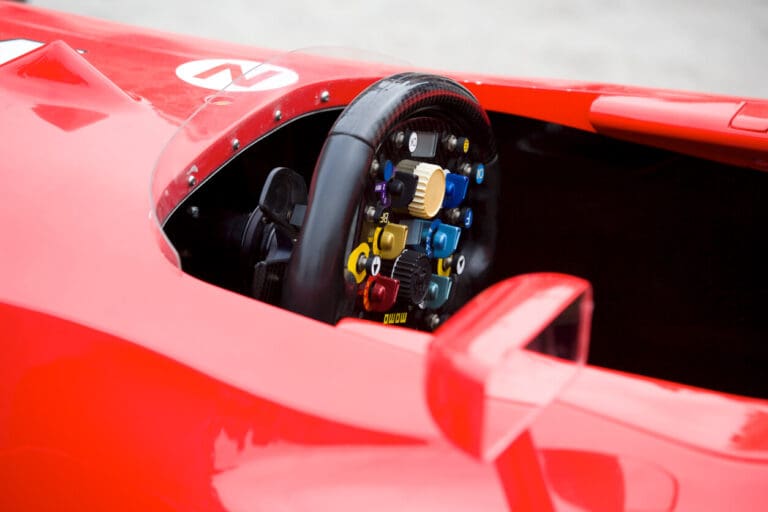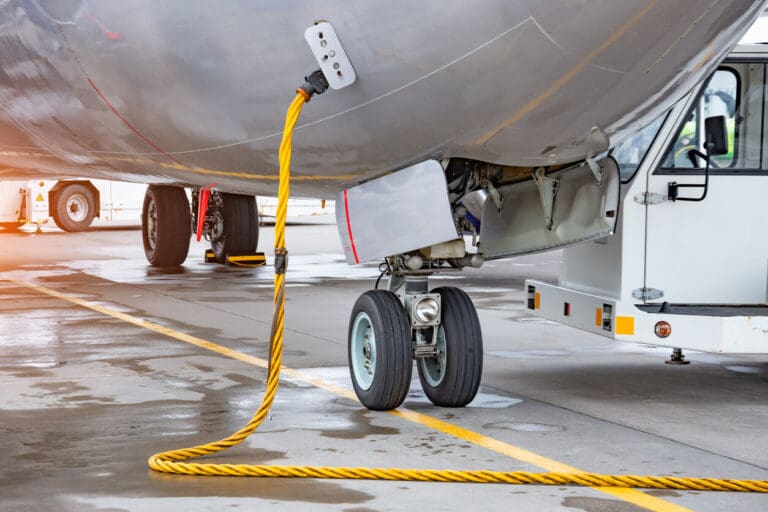
Are Motorsport Cables the Hidden Upgrade Behind Faster Lap Times?
Motorsport teams chase marginal gains in every area of the car, yet many still treat...
Read MoreSubmarine cables are a vital part of our global economy today. We rely on being able to transmit energy across the world and it’s these cables that give us the capacity to do it when it comes to ocean areas. Oil drilling is a prime example of this. In the UK, there are currently more than 180 offshore oil platforms that are reliant on a sophisticated network of subsea power and cabling. The design and manufacture of sub marine cables plays a big role in the access to energy that we have.
They are necessary for both the transmission of large volumes of power under the water, as well as providing hydraulic, optical and electrical control to much of the equipment that is required for operations like offshore drilling. Without subsea cables we simply wouldn’t have been able to explore energy reserves in this way.
Most cables of this type are made up of a power conductor – this is usually copper or aluminium – and this transmits the power at a certain voltage. Outside of this core inner layer there are other layers that are necessary for insulation, protection etc.
The conductor is always the first part of the subsea cable to be produced during the manufacturing process. Small wires made of metal are tightly wound around a larger conductor core. When this has been done then the central section of the cable is complete. The additional layers on the outside will depend on the requirements for the cable. Insulation will be applied over the conductor, usually made of EPR (ethylene propylene rubber) or XLPE (cross-linked polyethylene). These materials are ideal for subsea cables because they are incredibly light and have positive electrical and mechanical properties. Subsea cables may also integrate other components, including fibre optic cables.
Submarine cable manufacturing has a unique set of requirements and is constantly evolving to ensure more effective ways of connecting under the ocean.

Motorsport teams chase marginal gains in every area of the car, yet many still treat...
Read More
The wiring harness is a high-risk single point of failure in any complex system. If...
Read More
The wiring harness is the highest risk, lowest profile element in flight-critical infrastructure. When your...
Read MoreReady to talk cables, fibre or full network solutions? Get in touch with our team today, we’re here to help.